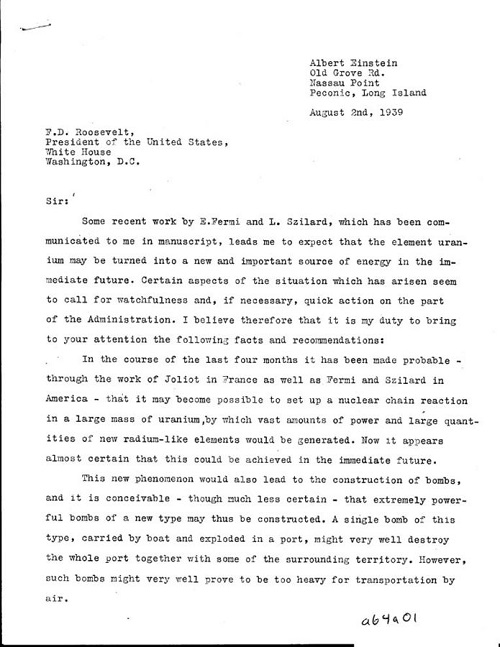The Difference Between Formal And Informal Writing
Writing is one of the means of communication and depending on the purpose of this form of communication; we use different styles of writing. One can jot down notes or write to a friend or write a letter to a business partner or boss. It is obvious then, that we will not write all the above things in the same manner. Depending on whom we are writing to, what we intend writing and why we are writing it – the language, vocabulary, syntax and even at times the tone and tenor of the writing changes. Based on all of the above, writing can broadly be categorized as Formal and Informal writing. Both are correct forms of writing, however, we use one or the other based on the setting and purpose. Let us examine the main difference between formal and informal writing.
The purpose of writing is different
Formal writing is usually academic or business writing wherein the writer wants to convey some information to a work partner or a superior. It is very impersonal and a level of formality has to be maintained. Informal writing is more personal in nature and the receiver is usually a friend or a close relative.
Sentence length varies
Informal writing accepts short fragmented sentences whereas formal writing demands conventional sentences which are longer and more complex. Short sentences are frowned upon in formal writing. For example, one could write “What’s up?” while addressing a friend, but if it is letter to a business partner, one might use a more formal greeting, Trust this letter finds you in the best of circumstances.
Language differs
Informal writing uses simple language and colloquial usage is accepted. In formal writing, colloquialism is not allowed and a tone of formality is required. To make it clear, in informal writing one might say kids or folks, but in a formal setting one would have to use words like children and people.
Clichés are used in informal writing
As the purpose of writing is different, usage is also differently used in formal and informal writing. Clichés are used freely in informal writing, but is taboo in formal writing .While you might tell your friend that you require loads of help; you might inform your boss that your team looks forward to his continued support and encouragement. The same thing is conveyed differently.
Use of abbreviated words
When you write a formal letter or document or an academic paper, you may not use any abbreviated forms of words as they are not considered appropriate. Like you do in informal writing, you may not use shortened words like TV, pics, fridge, etc while writing formally. Instead, you will have to write the full forms of the words – television, pictures and refrigerator.
Contractions not allowed
In a piece of formal writing, one may not use contractions, while it a norm in informal writing. For example, if you are writing to your mother, you may write contractions like can’t, won’t or ain’t, but if you are writing a formal letter you will have to use the full forms of words such as cannot, will not or are not.
Use of imperative voice
As is common among friends or close relatives, one uses an imperative voice while writing to them. An informal note may just say Meet me at 10.However if it is to a colleague or superior in a formal setting, you might have to write , I request you to make it convenient to meet me at 10 am.
Difference in use of person
While writing an informal letter, one may address the receiver in first, second or third person, whereas while one is writing formally, one must use only the third person as a mark of respect and formality. Some times in business letters, a first person address may be used.
All of the above mentioned points show the difference between formal and informal writing and when to use which depends on the purpose of the writing. Business communications and academic papers need formal writing and all letters or communications to friends and close family can be in informal writing. However, care should be taken not to mix the two styles.
- Difference Between First Person And Third Person - February 24, 2016
- Difference Between Lecturer And Professor - February 3, 2016
- The Difference between Pidgin and Lingua Franca - December 3, 2015
Read More ESL Articles
Search DifferenceBetween.net :
 Email This Post
: If you like this article or our site. Please spread the word. Share it with your friends/family.
Email This Post
: If you like this article or our site. Please spread the word. Share it with your friends/family.
Leave a Response
References :
[0]https://www.uts.edu.au/sites/default/files/HELPS%20Formal%20and%20Informal%20Language.pdf
[1]http://word-mart.com/html/formal_and_informal_writing.html
[2]https://matteaseraphim.wordpress.com/2012/09/27/the-difference-between-formal-and-informal-writings/
[3]http://www.skillsyouneed.com/write/formal-or-informal.html
[4]https://en.wikipedia.org/wiki/Letter_%28message%29


